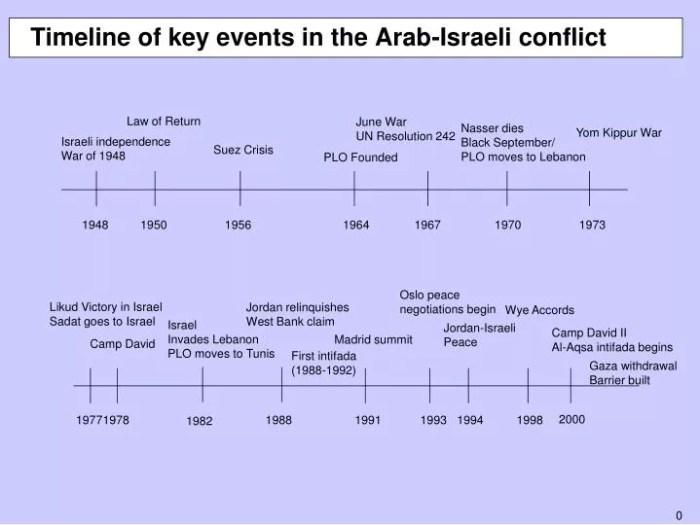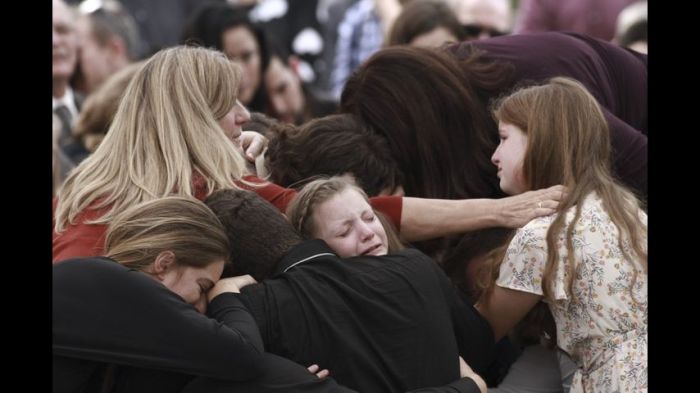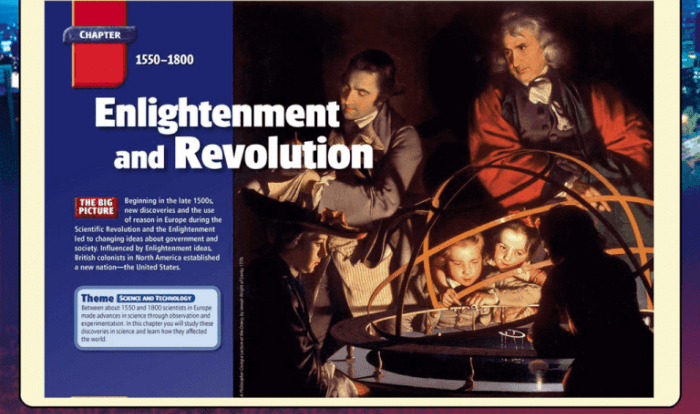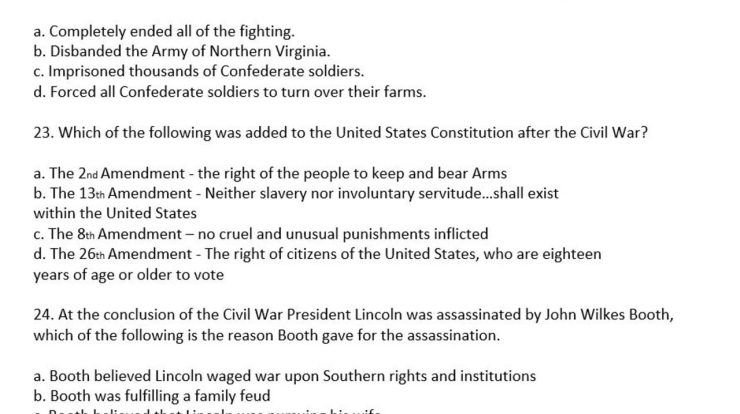The Arab-Israeli Conflict Worksheet Answer Key offers an invaluable resource for comprehending the intricate history and multifaceted perspectives surrounding this enduring conflict. As we delve into the key issues, international involvement, and potential future scenarios, this comprehensive guide empowers readers with a deeper understanding of this complex and often misunderstood topic.
The conflict’s origins, key events, and the role of international actors are meticulously Artikeld, providing a solid foundation for understanding the historical context.
1. Historical Context: The Arab-israeli Conflict Worksheet Answer Key

The Arab-Israeli conflict has a complex and multifaceted history, with roots in the early 20th century and even earlier. At its core, the conflict stems from competing national aspirations and territorial claims between Israelis and Palestinians, both of whom have deep historical and religious ties to the land.
A key event in the conflict was the Balfour Declaration of 1917, in which the British government expressed support for the establishment of a “national home for the Jewish people” in Palestine. This declaration laid the foundation for the eventual creation of the State of Israel in 1948, which was met with resistance from Arab states in the region.
The conflict has been marked by several major wars and conflicts, including the 1948 Arab-Israeli War, the 1967 Six-Day War, and the 1973 Yom Kippur War. These wars have resulted in significant territorial changes, displacement of populations, and ongoing tensions between the parties involved.
Key Issues and Perspectives, The arab-israeli conflict worksheet answer key
At the heart of the Arab-Israeli conflict are several key issues that have shaped its dynamics and hindered its resolution.
- Territory and Borders:The issue of territory and borders is central to the conflict. Israel claims the right to exist as a Jewish state within secure and recognized borders, while Palestinians seek to establish an independent state within the pre-1967 borders.
- Refugees:The conflict has resulted in the displacement of millions of Palestinians, who live in refugee camps in the West Bank, Gaza Strip, and neighboring countries. The issue of refugees and their right to return to their homes remains a major obstacle to peace.
- Security:Israel’s security concerns have played a significant role in the conflict. Israel seeks to ensure its security from potential threats from neighboring Arab states and militant groups, while Palestinians argue that Israeli security measures have been oppressive and discriminatory.
International Involvement
The Arab-Israeli conflict has attracted significant international attention and involvement. The United Nations has played a key role in mediating the conflict, passing resolutions and sending peacekeeping forces to the region.
The United States has been a major player in the conflict, providing economic and military aid to Israel and supporting peace negotiations. Other international organizations, such as the European Union and the Arab League, have also played a role in mediating the conflict and providing humanitarian assistance.
Current Status and Future Prospects
The Arab-Israeli conflict remains unresolved, with ongoing negotiations and peace initiatives. There have been some positive developments, such as the Oslo Accords in the 1990s, which established the Palestinian Authority and paved the way for limited Palestinian self-governance.
However, there have also been setbacks, such as the failure of the Camp David peace summit in 2000 and the ongoing violence between Israel and Hamas in the Gaza Strip. The future prospects for peace in the region remain uncertain, with significant challenges and obstacles to overcome.
Common Queries
What is the significance of the 1967 Six-Day War in the Arab-Israeli conflict?
The 1967 Six-Day War marked a significant turning point in the conflict, resulting in Israel’s occupation of the West Bank, Gaza Strip, Sinai Peninsula, and Golan Heights, significantly altering the geopolitical landscape of the region.
How has international involvement impacted the conflict?
International organizations, particularly the United Nations and the United States, have played a crucial role in mediating negotiations, passing resolutions, and providing humanitarian aid, shaping the conflict’s trajectory and outcomes.
What are the key obstacles to achieving a lasting resolution to the conflict?
Intractable issues such as borders, settlements, refugees, and the status of Jerusalem remain significant obstacles to a comprehensive peace agreement between Israelis and Palestinians.



